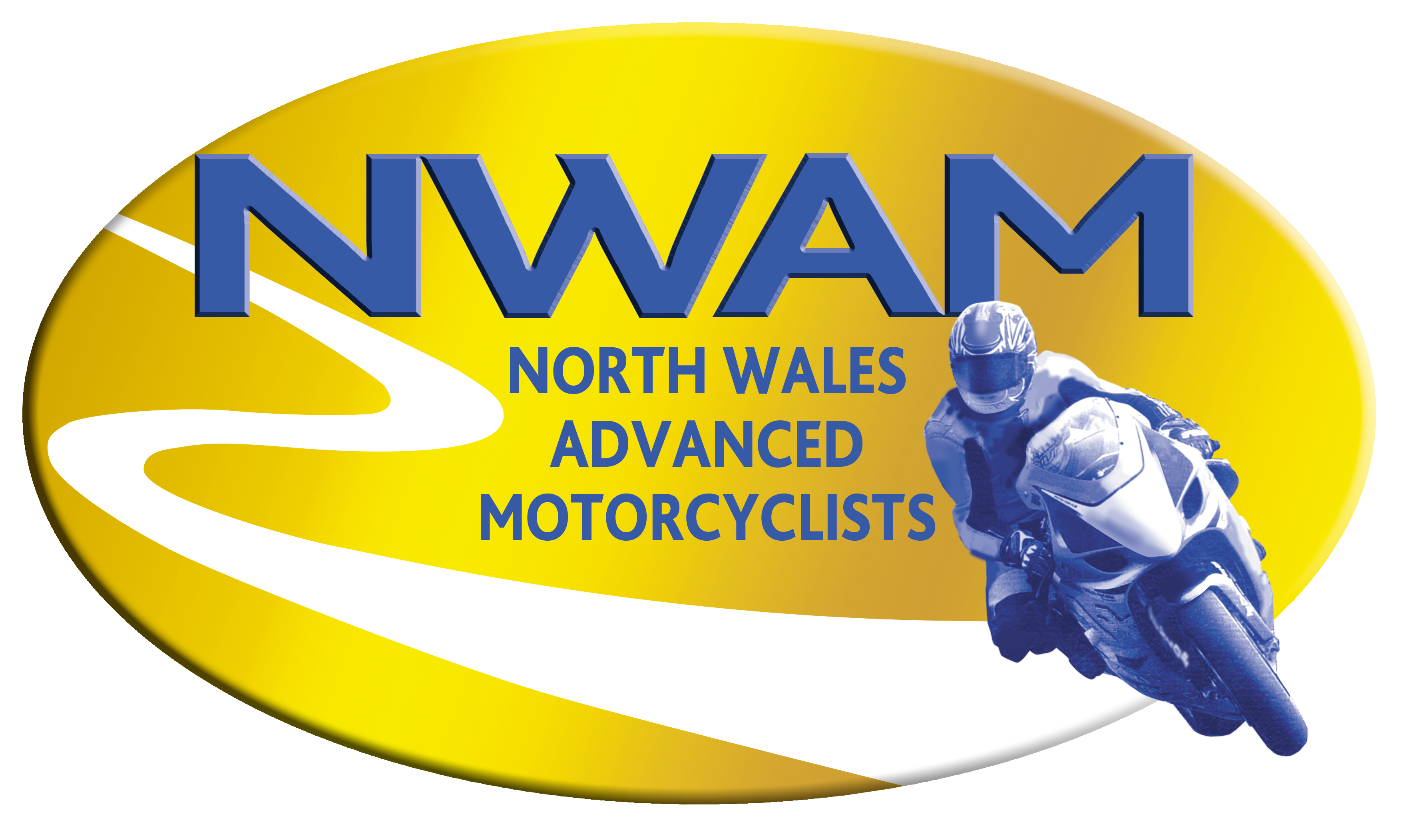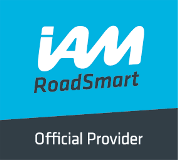Our Advanced Rider course will help make you a safer rider and could save you money.
Up and coming...
The Group are always looking for volunteer members to lead rides. Help to those who have never led rides will be given.
Contact:
rideouts.nwam@nwam.org.uk
Take an advanced ridingcourse
Welcome to the dark side
As we prepare to gain an hour of sleep the days are getting shorter as darkness is falling all over. Many of us will be off on the morning commute and it can be daunting driving in the dark for the first time in months. Here are some tips to prepare drivers and riders for driving in the twilight zone from IAM RoadSmart’s head of driving and riding standards Richard Gladman.
- Familiar routes can pose totally different challenges in the dark so make sure you are wide awake and looking out for pedestrians and cyclists in the gloom
- Check your car lights. They are there for your safety and those around you. Do a daily walk around to check all lights are working and use a wall or garage door to check the rear lights if you are on your own. Changing a bulb on a modern car is often a garage - only job so get it done before the police stop you and issue a ticket or repair notice
- As well as being seen you need to see so get an eyesight check-up. It is vital to have your sight checked regularly as this may heavily affect your night vision. With age your eyes take in less light, no matter how fit you may feel, so be aware of your limitations
- Don’t blind me! One of the biggest night-time hazards is the dazzle affect caused by the bright light from on-coming motors. Dip your headlight when you meet other vehicles
- Carry a basic emergency kit. Anything can happen at night and it is important to be prepared. Having a tool kit, torch, map and a first aid kit (if you don’t have one already) can make a real difference
- A fully charged mobile with the details of your breakdown cover is another must.
Richard said: “Per mile driven the risk of a crash is actually higher at night despite the quieter roads. Getting used to night-time driving can take time so take it easy until the old skills come back and you can start to enjoy the new challenges.”
Notes to editors:
- Richard Gladman is IAM RoadSmart’s head of driving and riding standards.
- IAM RoadSmart has a mission to make better drivers and riders in order to improve road safety, inspire confidence and make driving and riding enjoyable. It does this through a range of courses for all road users, from online assessments through to the advanced driving and riding tests. IAM RoadSmart is the trading name of all businesses operated by the UK’s largest road safety charity, the Institute of Advanced Motorists (IAM) and was formed in April 2016 combining the IAM, IAM Drive & Survive, PDS and IAM Driver Retraining Academy. The organisation has 92,000 members and campaigns on road safety on their behalf. At any one time there are over 7,000 drivers and riders actively engaged with IAM RoadSmart’s courses, from members of the public to company drivers, while our Driver Retraining Academy has helped 2,500 drivers to shorten their bans through education and support programmes.
To find out more about IAM RoadSmart products and services visit the new website www.iamroadsmart.com
To find out the name of your own local IAM RoadSmart group please visit: https://wwwiamroadsmart.com/local-groups
Media contacts:
Further information from:
IAM RoadSmart press office – 020 8996 9777
press.office@iam.org.uk / www.iamroadsmart.com
ISDN broadcast lines available
Follow us:
On Facebook: www.facebook.com/IAMRoadSmart
On Twitter: @IAMRoadSmart

